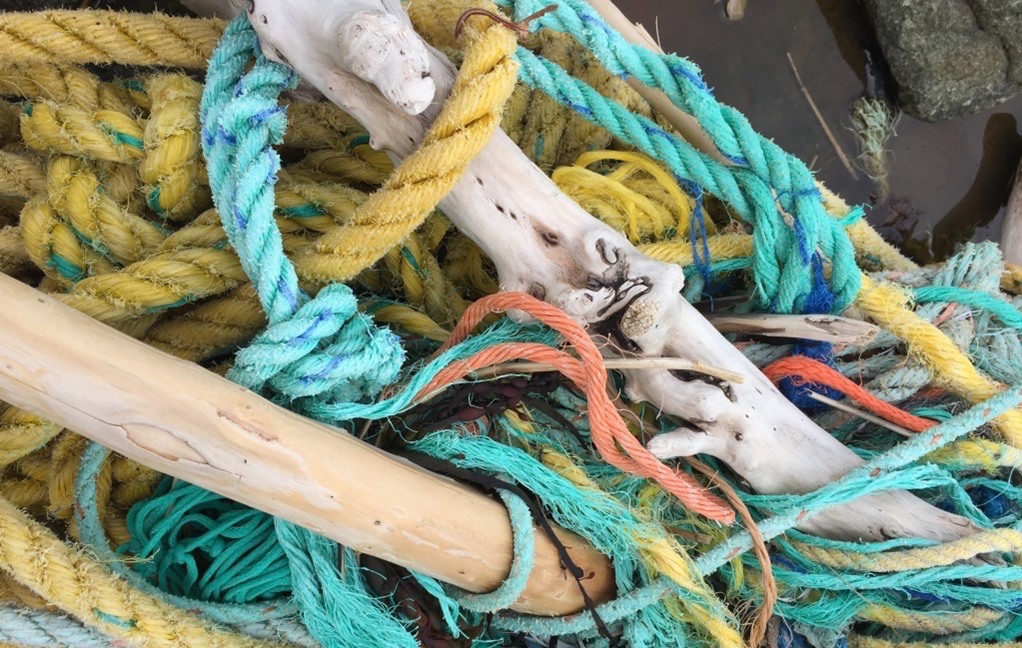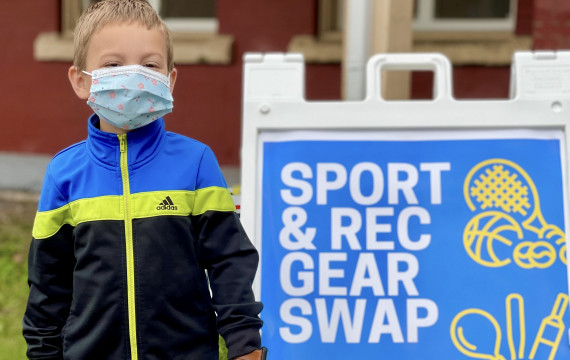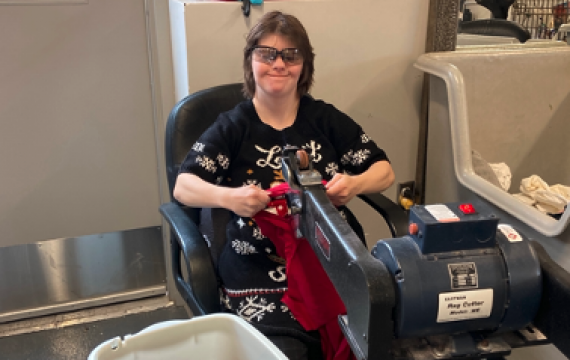Nova Scotia's Fishing Gear Problem
Divert NS Sponsor a Student Intern Series
Each year, Divert NS provides a bursary and work placement opportunity to a NSCC student in the Natural Resources Environmental Technology or Environmental Engineering Technology programs. This year’s recipient is Gerardo Velez, who is entering his second year in Natural Resources Technology. As part of his internship, Gerardo will be a contributing WNN reporter, reporting on areas of waste management that are important to him.
Fishing gear serves a crucial role in capturing various marine species. However, alongside its utility comes a significant problem wherein lost or discarded fishing gear can entangle and harm marine life. Lost or abandoned fishing gear, called ‘Ghost Gear,’ is responsible for a significant proportion of marine plastic pollution. It is estimated that fishing gear accounts for 20% of the litter in the Atlantic Ocean, and only 25% of this fishing-generated litter is removed from the depths of the sea. This leaves the remaining 75% to continue causing harm to our fragile marine ecosystems.

Studies conducted by Dalhousie University have shed light on a concerning issue where the waters off the southern tip of Nova Scotia are littered with tangled ropes, drifting lobster traps, and abandoned buoys, posing a significant threat to the marine environment. Every time fishing gear is discarded or lost; it adds to the plastic pollution crisis in our oceans as removing it from the ocean floor presents a long-term challenge. Research shows that ghost gear alone contributes to 10% of the total microplastics in the Atlantic Ocean.
In response to the pressing need for solutions, Divert NS partially funded a study conducted by The Fishing Gear Coalition of Atlantic Canada (FGCAC). This study aimed to understand the lifecycle of fishing gear in NS, from production to end-of-use. It identified two metal recyclers to prevent wasting wire lobster traps generated in NS. However, the study also revealed challenges in recycling wooden traps due to limited resources. Wooden traps could be a great fuel source in biomass energy facilities or composting facilities; however, the majority still end up in landfills.
Another organization working hard to reduce the impact of abandoned fishing gear is Coastal Action. In the 2023-24 year, Coastal Action retrieved over 35,000 of ghost gear at sea and on the shoreline. Gear was either returned to owners through collaborative efforts with Fisheries and Oceans Canada and Harbour Authorities, or repurposed, recycled, or disposed of at municipal landfills. During their latest retrieval season, Coastal action was able to send 62% of the material retrieved to be recycled or repurposed.
According to Coastal Action there are many reasons that fishing gear is abandoned, lost, or discarded such as unfavourable conditions such as storms, poor gear condition, gear conflicts among fishers and other industries, and inappropriate disposal. Losses can be accidental, and fishers are not always at fault. However, there are effective solutions to help manage fishing gear and minimize our environmental impact such as collaborating with waste resource management facilities and metal recyclers to manage wire lobster traps and promoting the use of sustainable gear with longer lifespans. By implementing these environmental actions, we can work towards a more sustainable future for our oceans and the communities that depend on them.
Sources
https://oceanconservancy.org/wp-content/uploads/2022/06/UNEA5.2_GGGI.pdf
https://divertns.ca/sites/default/files/inline-files/FishingGear_1.pdf


